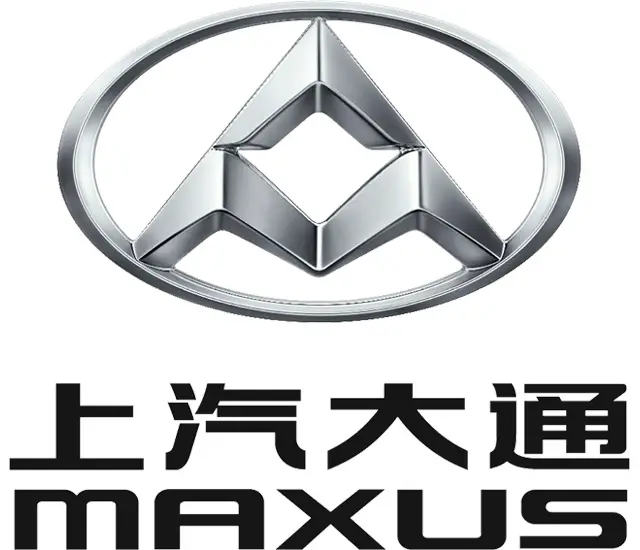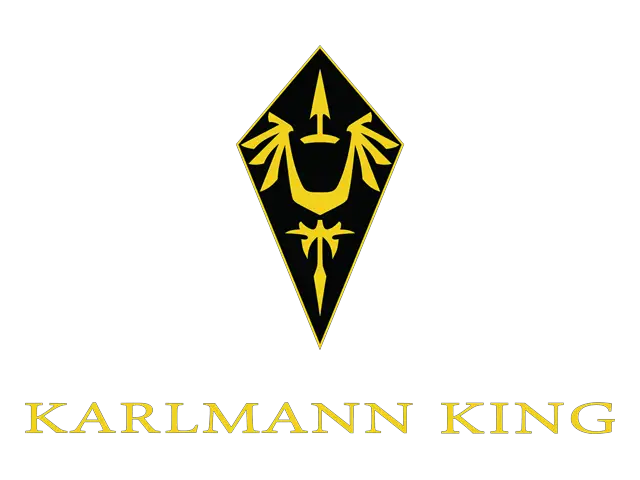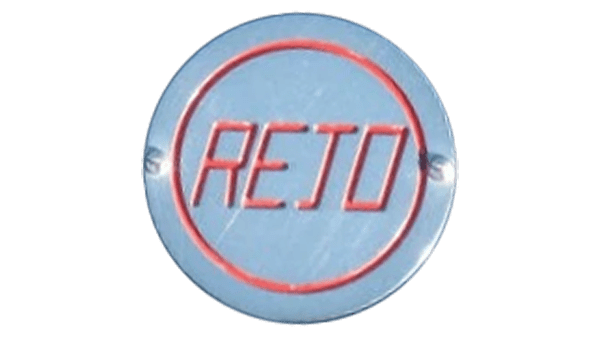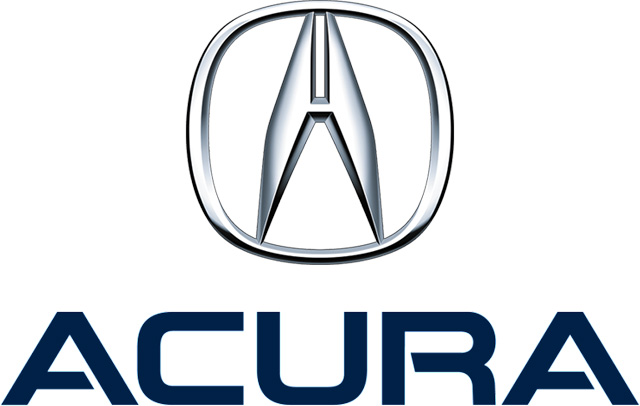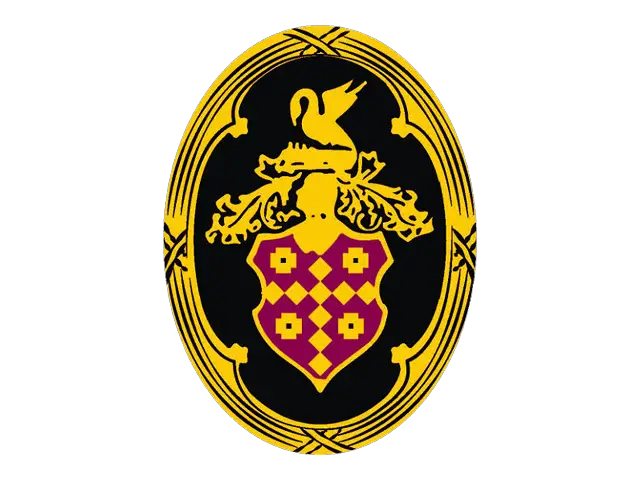itala Logo - History, Design, and Meaning

Company Overview
Itala was a prestigious automobile manufacturer founded in Italy in 1903. It became synonymous with early 20th-century Italian automotive craftsmanship. Owned by its founders, Cesare Momo and Matteo Ceirano, the company was based in Turin, a key center for car manufacturing. During its operational years, Itala gained recognition for producing innovative automobiles and competing in international racing events.
Key Information
- Founded: 1904
- Founder(s): Matteo Ceirano
- Headquarters: Turin, Italy
itala Logo Meaning and History

Founded in 1903 by Cesare Momo and Matteo Ceirano, Itala represented a hallmark of Italian automotive innovation in the early 20th century. Based in Turin, the company distinguished itself through outstanding achievements in car design and engineering. Their vehicles catered to everyday consumers while also making a significant impact in international car races, notably achieving fame with their victory in the 1907 Peking to Paris race. However, by 1934, the automaker ceased operations, leaving behind a legacy of iconic vehicles and racing successes.
What is Itala?
Itala was an Italian automobile manufacturer active from 1903 to 1934, known for its innovative designs and significant achievements in early car racing. Based in Turin, it left an indelible mark in automotive history.

The intricate design of the frame and the shape of the emblem clearly indicate that it was created over a century ago. The frame features a golden color with a pistachio tint, accented by black lines that outline the details. The central part of the emblem is rendered in a rich royal blue, providing an ideal backdrop for the white inscription. The name 'Itala' is displayed in all uppercase letters with bracketed serifs, with each character increasing in size as it approaches the center, culminating in a large 'A' at the center, creating an illusion of perspective and depth.

This logo is captivating, thanks to the blue shade and the addition of a black gradient that adds volume and richness to the emblem. The logo now takes on an oval shape with a subtle frame. To maintain brand recognition, the same font and style were used for the name, with slight modifications to thicken the strokes. As in the previous emblem, the white color and thin outline ensure that the letters stand out against a dark background.

The designers adapted the inscription from the previous logo, making slight modifications. The white color now features a warmer tone with a golden outline. Additionally, the letters were vertically stretched to occupy more space as the oval shape transformed into a circle. The blue color of the emblem was retained but is now a lighter solid shade. A white border, flanked by golden lines, complements the inscription within.
